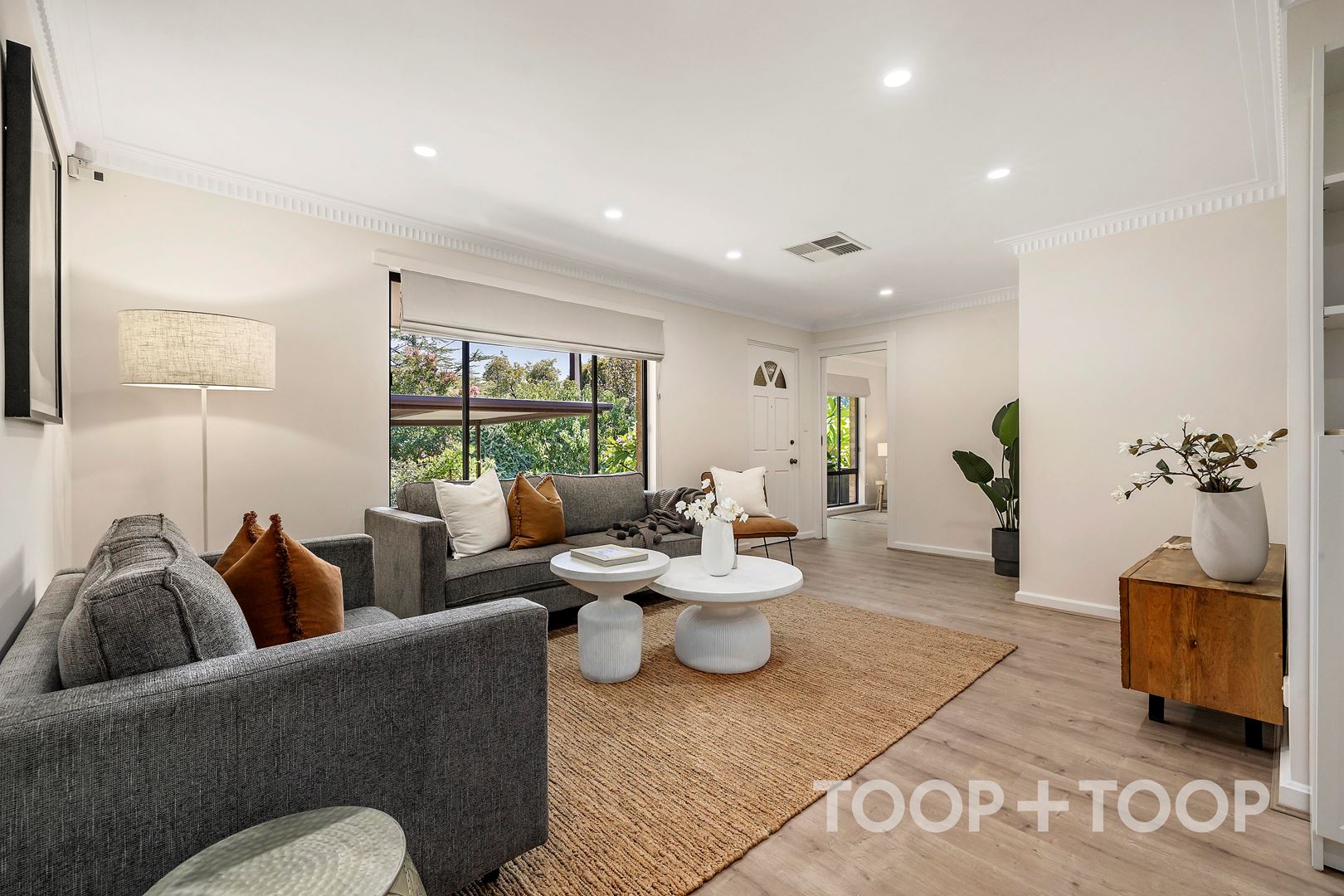August 13, 2020
What the changes to JobKeeper and JobSeeker mean for landlords
Following the decisions by Scott Morrison and Treasurer Josh Frydenberg, JobKeeper and JobSeeker payments have been extended till March 28th 2021 with further adjustments announced.
Eligibility criteria for JobKeeper will be relaxed to enable more businesses and their employees to access essential support.
This change was made on the back of Stage 4 restrictions in Melbourne and its anticipated impact on the economy.
What are the changes?
From September 28, JobSeeker benefits will be reduced to $250 per fortnight from $550 and JobKeeper will be reduced from $1,500 to $1,200 and be tiered based on how many hours are worked. For more information on the changes, please click here.
Toop&Toop CEO of Property Management, Suzannah Toop, addresses some common questions from landlords about the changes.
Do you think these reductions will have an impact on the rental market?
We are fortunate in Adelaide that our rental properties are very affordable. Our average rent across the state is around $315 per week compared to Sydney which is $510 and Melbourne at $480. This means that the JobKeeper and JobSeeker payments go a lot further. Even at the reduced rate, these benefits will continue to contribute significantly to tenants’ ability to pay their rent.
Have the JobKeeper and JobSeeker payments helped landlords? How many tenants rely on these services?
The JobKeeper and JobSeeker payments have made a big difference to tenants’ capacity to pay their rent. There was a direct correlation between these benefits commencing and the number of tenants who were able to make rental payments.
We have around 50-60 tenants who are relying on these benefits. This number peaked in April when around 6 per cent of our tenants had fallen into some form of arrears. This is now fluctuating around 4 per cent, slightly above the 3 per cent where it would traditionally sit. This is nothing like what is happening on the eastern seaboard, where some agencies are experiencing 15-20 per cent of tenants who are unable to pay their rent.
What suggestions do you have for landlords?
Planning for when these payments stop will be important for landlords, so they are not caught off guard come next March. We have been able to mitigate these concerns by having a series of one-on-one conversations with our clients who have been impacted. We have also been keeping a close eye on the Tenancy Tribunal’s decisions so we can best educate our clients on how different situations have been handled. The most common resolution over the pandemic (as decided by the Tribunal) has been for tenants to enter a payment plan to make up the unpaid rent.
What has the impact on international students been since COVID-19?
These payments are only available to Australian permanent residents and citizens, so many overseas students are not eligible. Many students travelled home over the New Year break and were due to return to Adelaide to start the university semester, right when the virus hit. Since the new restrictions have come in, many have been unable to return to Adelaide and have been left with financial commitments for a home they cannot live in. We have attended a handful of Tribunal hearings regarding this.
The decisions handed down by the Tribunal was that the tenant is responsible for the rental payments under the lease until a new tenant is found. We have been working closely with these landlords and tenants to find new occupants for their properties as an absolute priority.
Do you have any final comments for landlords?
The Adelaide property market is in a very favourable position, globally. Two of the most basic human needs are food and shelter. Through the first six months of this pandemic, tenants are putting their money towards these two needs first and rental payments are being made.
{"type":"Link","id":"3ooHgUFuT0Gt2E9nlYXehv","numimg":0}


